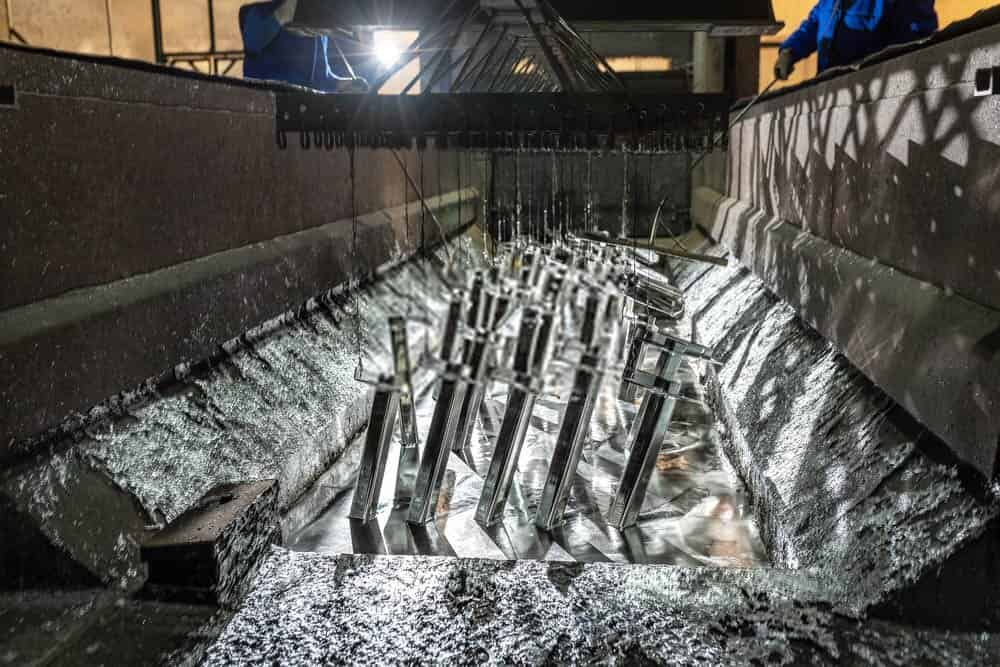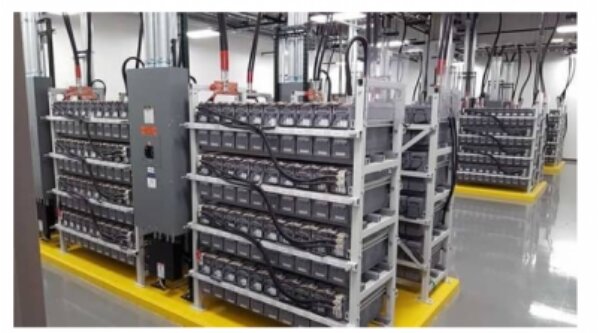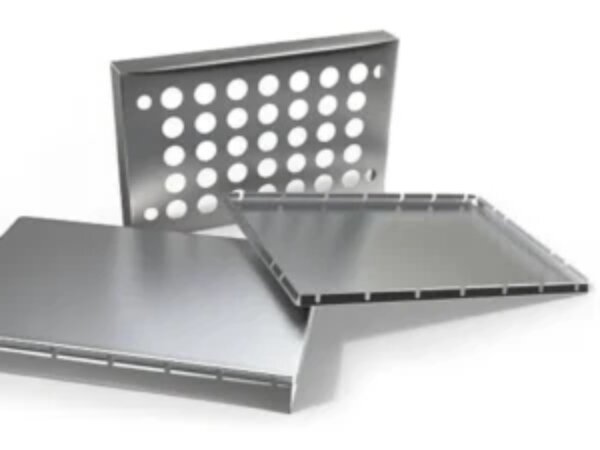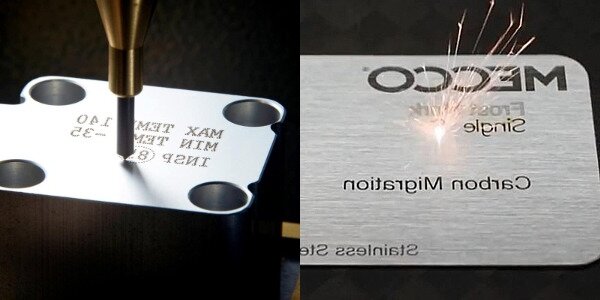Metal corrosion costs industries billions of dollars each year. Raw steel rusts quickly when exposed to moisture and air, leading to structural weakness, costly repairs, and potential safety hazards. Many manufacturers struggle to find a reliable, long-lasting solution to protect their metal products from this relentless enemy.
Hot dip galvanizing offers a proven shield against corrosion by coating steel or iron in molten zinc. This process creates a metallurgical bond between the zinc and steel, forming multiple layers of zinc-iron alloys that protect the base metal. The result is a tough, maintenance-free coating lasting 50+ years in many environments.
Want to know the science behind this remarkable metal protection process? The following sections will reveal how hot dip galvanizing works, its real-world applications, and why it might be the perfect solution for your metal products.
How Does Hot Dip Galvanizing Transform Raw Steel into Protected Metal?
Hot dip galvanizing creates an impenetrable barrier against corrosion through a carefully controlled metallurgical process. The steel goes through several critical stages, from surface preparation to zinc immersion, resulting in a protective coating that becomes an integral part of the metal.
Preparation of Steel Surfaces
The first crucial step starts well before any zinc touches the metal. We clean the steel by degreasing and removing every trace of oil, grease, and surface contaminants.
After degreasing, the steel moves to acid cleaning. This step strips away rust and mill scale, leaving a pristine surface. The metal then undergoes fluxing, which prevents oxide formation and ensures the zinc will bond properly.
Immersion and Coating Formation
We submerge the clean steel in molten zinc heated to around 850°F (450°C). When zinc and iron react, a multilayer zinc-iron alloy is formed.
During immersion, the zinc coating doesn’t just sit on top of the steel; it sits on it. The coating thickness builds up naturally and is thicker in areas that need more protection.
Cooling and Inspection
As the metal emerges from its zinc bath, we cool it in either water or air. Each piece undergoes thorough quality checks, measuring coating thickness and checking for any imperfections.

Benefits of Hot Dip Galvanizing
Let’s explore how this powerful protection method saves time, money, and headaches in the long run.
Corrosion Resistance
A zinc coating shields steel in two ways. First, it acts as a barrier between steel and the environment. Second, zinc sacrifices itself to protect the underlying steel – this means the zinc corrodes first, saving the base metal.
Longevity and Durability
The durability of hot-dip galvanized coatings surpasses that of most alternatives. These coatings last 50+ years in most environments without maintenance, and they provide decades of protection even in harsh conditions.
Cost-Effectiveness
The initial cost of hot dip galvanizing might seem higher than painting. However, the lack of maintenance requirements and extended service life make it more economical over time. No reapplication or touch-ups needed means significant savings on labor and materials.
Environmental Considerations
Zinc is 100% recyclable without loss of properties. The process produces minimal waste and uses fewer resources than regular maintenance painting cycles.
Applications of Hot Dip Galvanizing
Construction Industry
The construction industry puts hot dip galvanizing to work daily. Steel beams, support columns, and metal stairs rely on zinc coatings to stay strong. Modern skyscrapers use galvanized structural elements that never need painting or repairs.
Reinforcement bars inside concrete bridges now come pre-galvanized. This intelligent move prevents internal corrosion and extends bridge life beyond traditional steel rebar. Highway guardrails, light poles, and sign supports also benefit from galvanized protection.
Automotive Industry
Car makers trust galvanized steel for critical parts. Zinc coating, from chassis components to body panels, keeps vehicles rust-free through years of weather exposure and road salt.
Infrastructure Projects
Infrastructure projects demand galvanized steel. Railway tracks, station platforms, and signal gantries need constant protection from harsh weather. Thanks to zinc’s shield, bridge cables, support structures, and expansion joints stay strong.
Agricultural Equipment
Farmers count on galvanized equipment every day. Grain storage bins, fence posts, and animal pens face tough conditions, and agricultural machinery, irrigation systems, and greenhouse frames last longer when galvanized.

Comparing Hot Dip Galvanizing with Other Coating Methods
Metal protection methods can make or break your project’s success. Here’s a detailed comparison of primary metal protection methods:
Hot Dip Galvanizing
- Coating Thickness: Consistently thick layer (2-3.9 mils/50-100 microns)
- Bond Type: Creates a metallurgical bond; zinc fuses with steel
- Protection Method: Triple protection – barrier, cathodic, and self-healing
- Durability: 50+ years in normal environments, 25+ years in coastal areas
- Application: Single dip process, consistent quality
- Preparation: Automated cleaning process ensures perfect surface
- Cost Profile: Higher upfront cost, near-zero maintenance costs
- Limitations: Limited color options, size restricted by galvanizing bath
Electro galvanizing
- Coating Thickness: Skinny layer (0.2-0.5 mils/5-13 microns)
- Bond Type: Surface-level electrochemical bond
- Protection Method: Mainly barrier protection
- Durability: 5-15 years depending on environment
- Application: Electrochemical process, precise control
- Preparation: Requires thorough cleaning
- Cost Profile: Moderate initial cost; regular maintenance needed
- Limitations: Not suitable for harsh outdoor environments
Paint Systems
- Coating Thickness: Variable (2-6 mils/50-150 microns)
- Bond Type: Mechanical surface adhesion
- Protection Method: Only barrier protection
- Durability: 3-5 years before repainting needed
- Application: Multiple coats required
- Preparation: Critical surface preparation needed
- Cost Profile: Low initial cost, high maintenance costs
- Limitations: Easily damaged, requires regular touch-ups
Powder Coating
- Coating Thickness: Medium range (1.5-6 mils/38-150 microns)
- Bond Type: Heat-fused surface bond
- Protection Method: Enhanced barrier protection
- Durability: 15-20 years with proper maintenance
- Application: Single coat, heat cured
- Preparation: The surface must be immaculate
- Cost Profile: Medium initial cost, moderate maintenance
- Limitations: Temperature sensitive, requires electricity access
What Challenges Might You Face with Hot Dip Galvanizing?
Even the best metal protection methods have their limits. Project managers often discover these challenges mid-project, leading to delays and unexpected costs. Thoughtful planning means knowing both strengths and weaknesses before you start.
Here’s a frank look at the challenges you might encounter with hot dip galvanizing:
Surface Defects:
- Bare spots can occur around welded areas or sharp edges
- Surface roughness varies based on steel composition
- Ash and dross inclusions might appear in the coating
- Drainage spikes form where zinc runs off during lifting
Thickness Control Issues:
- Different surfaces on the same part may have varying thickness
- Corner and edge buildups are common
- Internal corners might have thinner coatings
- Steel temperature affects zinc adhesion and thickness
Environmental and Technical Limits:
- Bath size limits the maximum part dimensions
- Hydrogen embrittlement risks with high-strength steels
- Distortion is possible with thin or complex shapes
- Vent holes needed for hollow sections
- Temperature extremes affect the galvanizing process
Solution Strategies:
- Pre-planning with galvanizers prevents most issues
- Proper steel selection reduces coating problems
- Design modifications can eliminate many challenges
- Quality control catches defects early
- Regular bath analysis maintains coating quality
Conclusion
Hot dip galvanizing offers reliable, proven protection for metal structures. The process combines simplicity with outstanding performance, and modern galvanizing techniques deliver consistent results across various applications.
Beyond hot dip galvanizing, we offer comprehensive custom manufacturing solutions for all your needs. With advanced equipment and a professional technical team, we can meet your diverse requirements in CNC machining, sheet metal fabrication, and more. Choose us to make your manufacturing process more efficient and seamless.
FAQs
What is the lifespan of hot dip galvanized coatings?
The lifespan of galvanized coatings depends heavily on the environment. Rural settings see protection lasting beyond 50 years. Coastal areas get 15-20 years of solid performance. Industrial zones typically enjoy 20-25 years before needing attention.
How does hot dip galvanizing impact welding?
Welding galvanized steel requires specific approaches. The zinc coating creates fumes that need proper ventilation. Welding speeds run slightly slower than bare steel. Special electrodes help ensure strong connections.
Can hot dip galvanizing be applied to different metals?
Carbon steel shows excellent results and remains the most common choice. Cast iron also works well in this process. However, aluminum needs different protection methods. Some high-strength steels require special handling to prevent problems.
What maintenance is required for galvanized products?
Maintenance is remarkably simple with galvanized steel. The coating heals minor scratches naturally. Impact damage has several repair options available. Most structures need no regular maintenance beyond basic cleaning.
Hey, I'm Kevin Lee

For the past 10 years, I’ve been immersed in various forms of sheet metal fabrication, sharing cool insights here from my experiences across diverse workshops.
Get in touch

Kevin Lee
I have over ten years of professional experience in sheet metal fabrication, specializing in laser cutting, bending, welding, and surface treatment techniques. As the Technical Director at Shengen, I am committed to solving complex manufacturing challenges and driving innovation and quality in each project.




